Industrial Capital to Remain Abundant: Q&A With CBRE
Chris Riley, leader of the firm’s industrial capital markets team, on what lenders are looking for.
With the unprecedented need for warehouse and distribution space across the U.S. during the pandemic, the industrial sector has quickly become commercial real estate’s safe haven, creating competition among investors, developers and lenders. As logistics and e-commerce continue to grow, industrial properties will remain the economy’s primary engines.
Thanks to strong fundamentals, lenders—from commercial banks to life insurance companies—continue to prioritize industrial properties as their primary non-residential lending target, providing borrowers the opportunity to create strong capital strategies.
To find out more about where industrial lending currently stands, Commercial Property Executive reached out to Chris Riley, recently promoted to lead CBRE’s Industrial & Logistics Capital Markets business in the U.S. Prior to his new role, Riley was a vice chairman at CBRE’s Investment Properties Group in Atlanta, Ga., with a focus on capital markets for the industrial sector.
READ ALSO: What to Expect From the Industrial Sector in 2022
What is your main objective in your new role as president of Industrial & Logistics Capital Markets?
Riley: The main priority is to focus on our clients and fully understand their capital deployment goals, debt and structured finance needs, and asset monetization objectives. With that information, we want to provide actionable solutions to our clients, including a pipeline of investment opportunities, effective disposition strategies and execution, and optimizing their capital stack requirements. We’re also focused on attracting the best professionals in the business, retaining our top-talent, and creating opportunities for our employees to realize their full potential by equipping them with the most advanced tools and information in the industry.
How are the needs of industrial users evolving? Is there new paradigm the industry should be prepared for?
Riley: The most material shift for industrial users is the speed of delivery time for consumer goods from the manufacturer to the end user. The pivot to same-day, next-day, or two-day delivery has put tremendous pressure on optimizing the supply chain at every point along the way. With e-commerce at 20 percent of retail sales (and growing), developers and owners must be prepared for outsized parking requirements, efficient queuing, and traffic flow in and out of the facilities.
What are the most popular capital sources and structures for industrial borrowers now? Why?
Riley: Borrowers have their pick of capital sources and structures with respect to debt in the industrial sector. Commercial banks, life insurance companies, debt funds and CMBS are all desperately trying to win mandates. They are in the business of making loans and keeping their loan portfolios diversified. Therefore, they need credit exposure to the very demographically popular industrial space which is incredibly competitive.
Typically, small to mid-sized loans ($10 million to $200 million) backed by well-leased assets are gobbled up by the banks and life insurance companies and locked away for 10-plus years with fixed- rate loans. Larger portfolios/loan sizes ($200 million-plus) usually end up in the CMBS market as stand-alone securitized deals.
Usually, these large CMBS deals are floating rate loans with borrower-friendly prepayment provisions. This provides a great deal of flexibility for borrowers as they execute their business strategies and look to monetize their investment.
READ ALSO: Will 2022 Be Another Boom Year for CMBS?
Construction loans are also extremely well bid with most of the competition coming from commercial banks and life insurance companies. The real surprise has been how aggressive lenders have become for spec developments; this has certainly helped developers get to the returns they need to move forward.
As the need for industrial space remains high, several developers committed to building speculative buildings over build-to-suit facilities. What are the particularities of underwriting spec versus build-to-suit developments?
Riley: The incredible tenant demand for industrial space, combined with the increased cost to develop buildings, has increased market rents across the U.S. to record levels. This is requiring spec developers to underwrite trended rents at levels that currently do not exist. Concurrently, cap rates have compressed to record low levels and positively widened the spread between the developer’s pro forma return and cost and the stabilized exit cap rate.
At the same time, the same spread for build-to-suit projects has decreased, as the competition to win these assignments has accelerated. What does this all mean? Build-to-suit margins remain very tight due to heightened competition, while robust market rent growth rates and cap rate compression has provided tremendous profit margins for the best of the best speculative projects.
What should industrial lenders keep an eye on in the coming quarters?
Riley: The simple answer is a lot more lending opportunity! There is no end in sight to development opportunities, portfolio roll-ups, and recapitalizations of all sorts.
The other item to mention would be continued cap rate compression. This could present ever-larger hurdles for a lending community focused on minimum debt yield hurdles. Lenders have already had to adapt and improvise to accommodate cap rates never seen in the industrial space. The question is can that continue or will lenders draw the line and start to limit leverage to account for super tight cap rate deals?



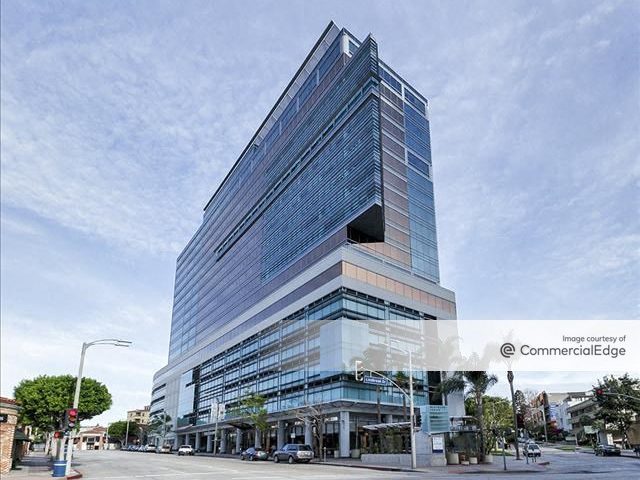
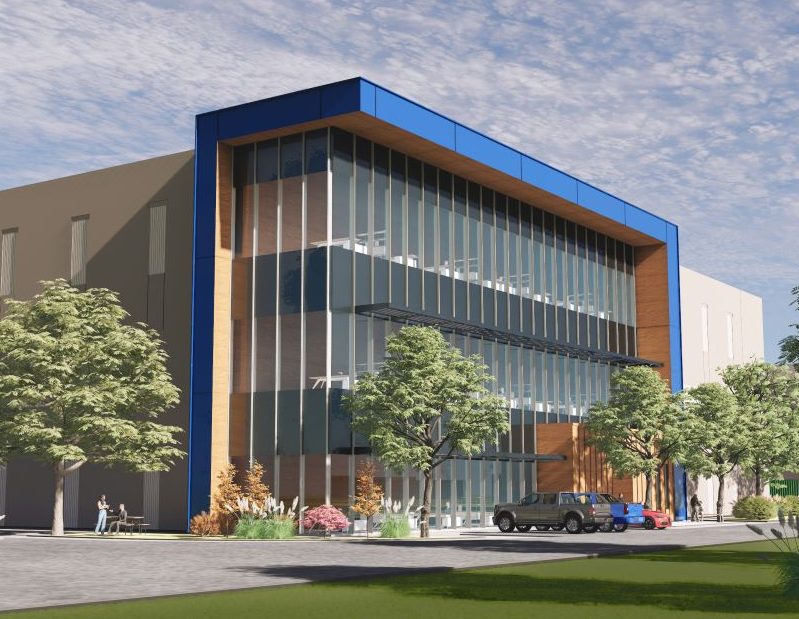
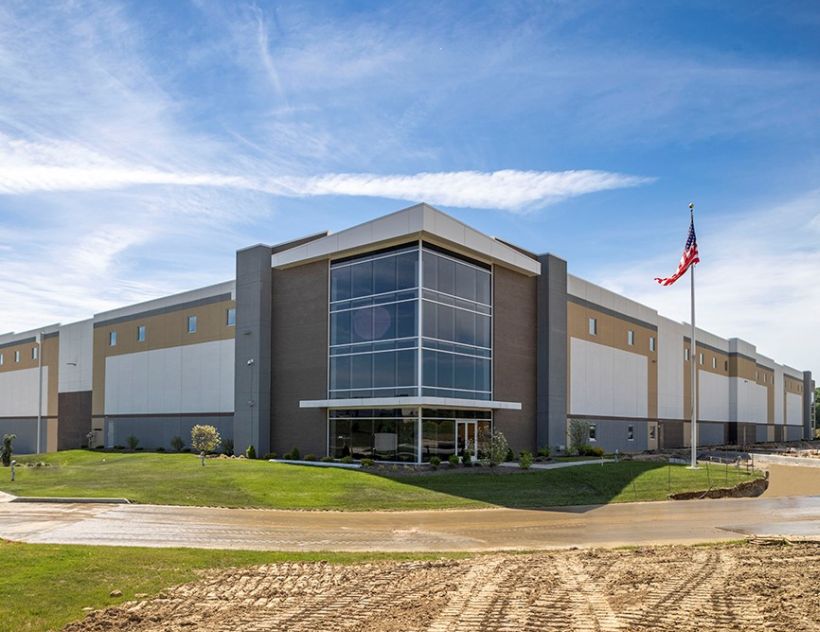
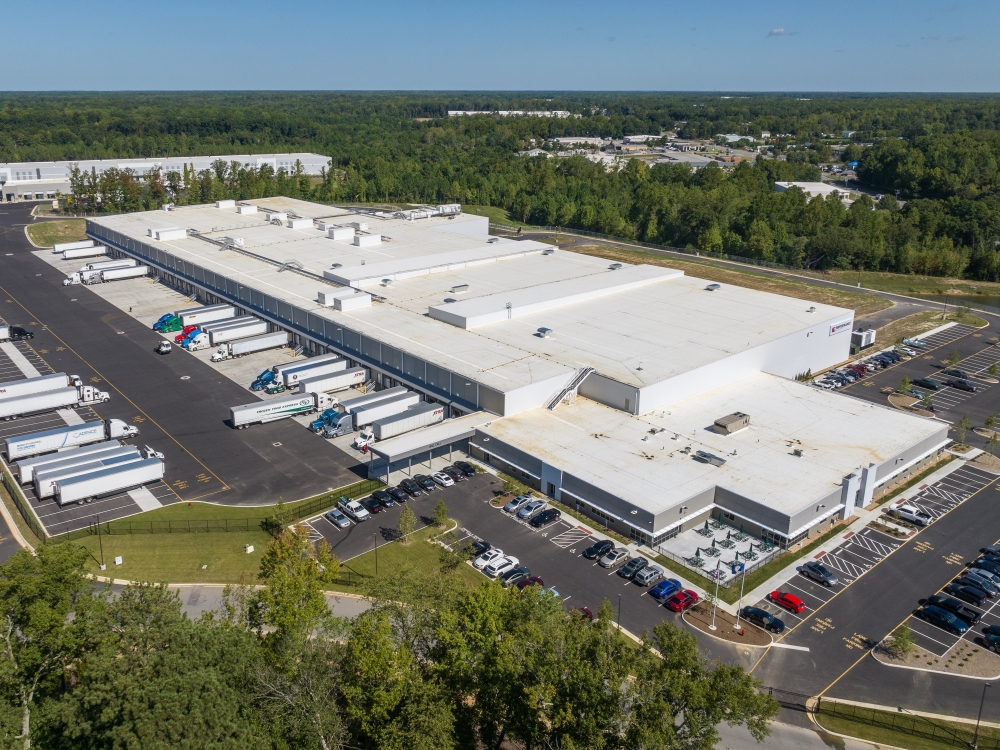

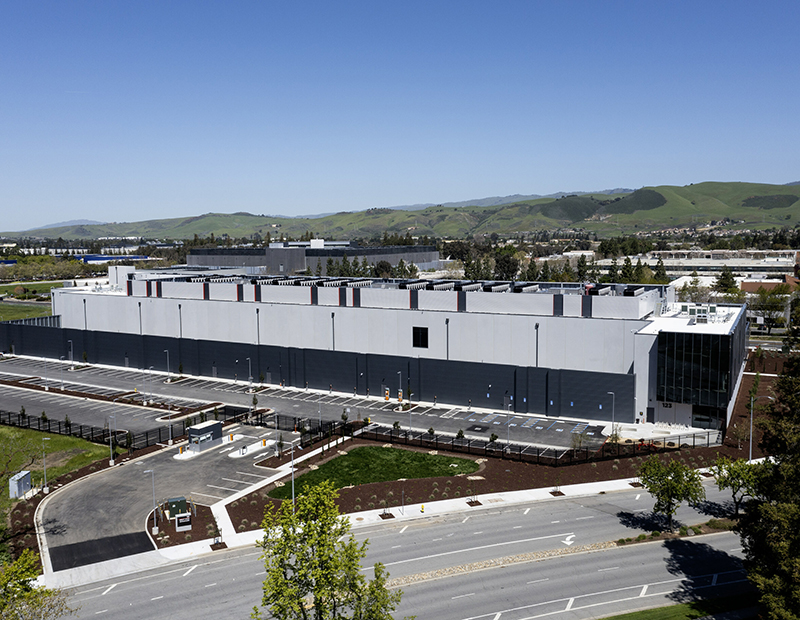
You must be logged in to post a comment.